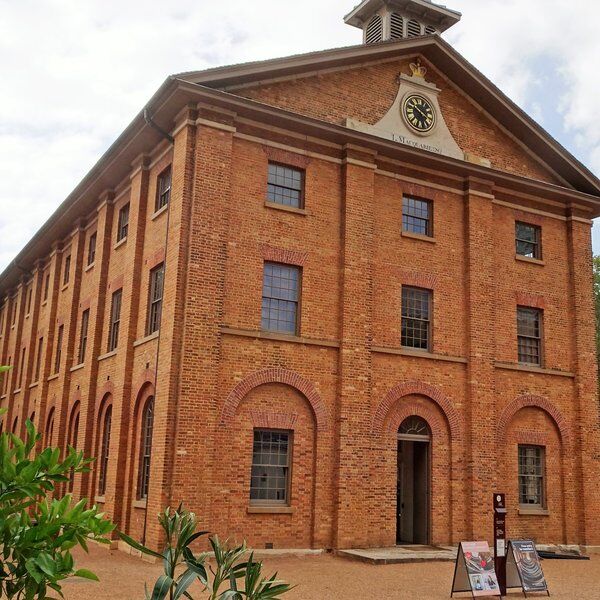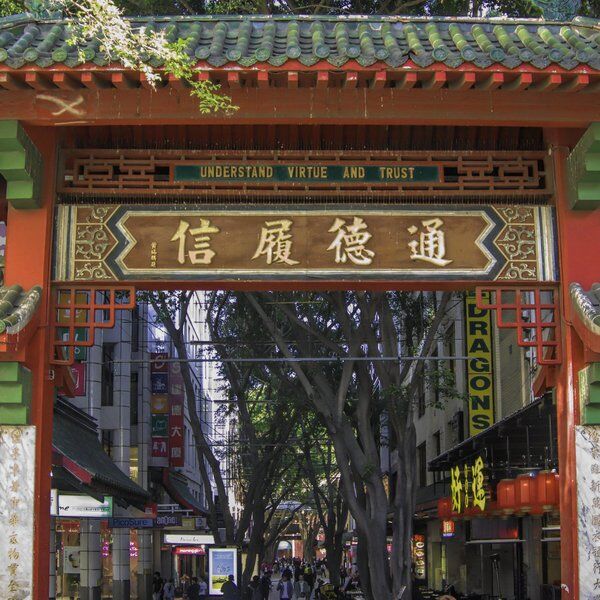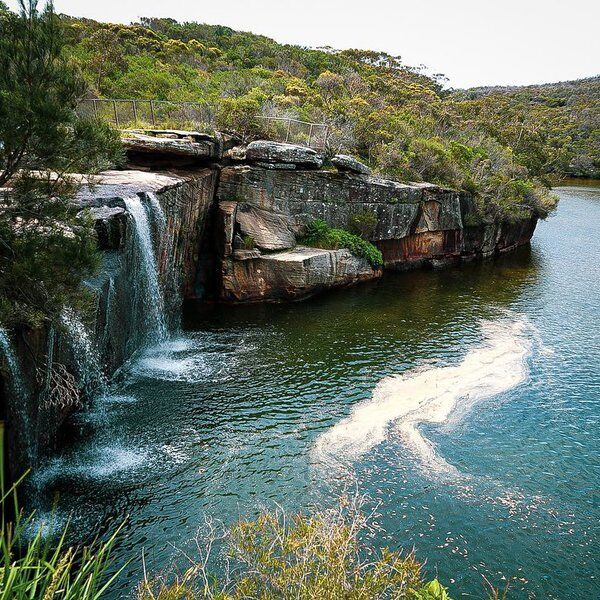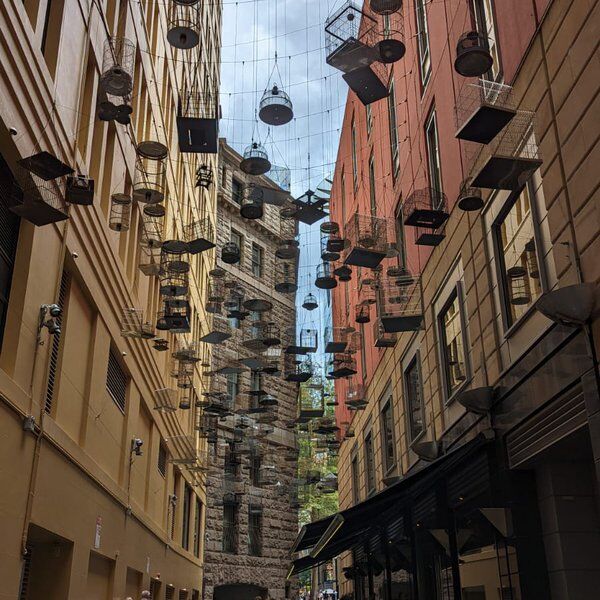
The Origins Of Gore Hill Cemetery
It would take someone strange today to call a cemetery 'festive'. In the 1860s however attitudes were very different (check out our article on Kensal Green Cemetery to find out just how different). In 1862, a Sydney Morning Herald article used that exact word to describe how the city's cemeteries ought to be.
'A place of festive or pensive resort as in many other countries,' it says, then adding, 'an occasional stroll through the avenues of a well kept cemetery will afford instruction without depression.'
It was in this cultural environment that, in 1864, plans for Gore Hill Cemetery were first conceived by Australian politician William Tunks. Having recently moved to North Sydney, Tunks wanted to make a difference in the local area, and what better way than by building a graveyard?
His plans were approved by the Minister of Lands but met with local resistance. There were numerous incidents in which its timber was damaged or removed. Tunks however, not willing to take a hint, sought help from the Secretary of Lands and in 1868 the first section of Gore Hill Cemetery was dedicated.
Gore Hill Cemetery's Unusual Layout
The cemetery as a whole wasn't completed until almost a decade later. This was in part because it was to be a multi-denominational cemetery.
It was common practice in Australia at the time to have different cemeteries for each of the different Christian denominations prevalent in the area. Church of England members would be buried in one graveyard, Lutherans in another, Methodists in another, and so on.
Gore Hill Cemetery however was to serve every denomination at once. And it was to be split into seven different parts with seven different entrances looked after by seven different trustees. In many ways it was seven differents cemeteries joint loosely together by a single shared carriageway.
The Dead Of Gore Hill Cemetery
The first body was buried at Gore Hill in 1877, although six of its sections didn't receive their inaugural burials until some time later. In fact the Church of England section was left empty until Tunks himself graced its soil in 1883.
By the end of the century an estimated 2096 burials had taken place at Gore Hill. By the time the cemetery closed, in 1974, this number had risen to 14,456. The majority of these burials took place between 1900-1930.
Some generational trends can be seen in the names on its gravestones. Most notable amongst these is the middle name 'Australia'. This is often found on graves of women born around the time the Federation of Australia was formed (1901). The name is suggestive of the patriotic fervour felt at the time.
Gore Hill Cemetery Today
The cemetery was closed in 1974 due to funding concerns. Since then it has become an overgrown an oddly beautiful park. Films have taught us to associate Victorian cemeteries with fog and darkness but, during the Australian summer, this couldn't be further from the reality of Gore Hill. It looks stunning beneath blue skies. If not festive then at least pensive, peaceful and absent of depression.
Interested in finding more places like this? Try one of our Scavenger Hunts in Sydney - untangle cryptic clues as a team, as you are taken on a journey to the most unique, unusual and bizarre corners of Sydney.
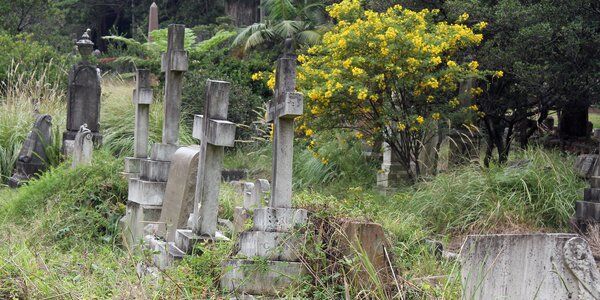
One More Thing...
One of the most famous people buried at Gore Hill Cemetery is Saint Mary MacKillop whose organisation, the Sisters of St Joseph of the Sacred Heart, founded a number of schools and welfare institutions in Australia and New Zealand.



